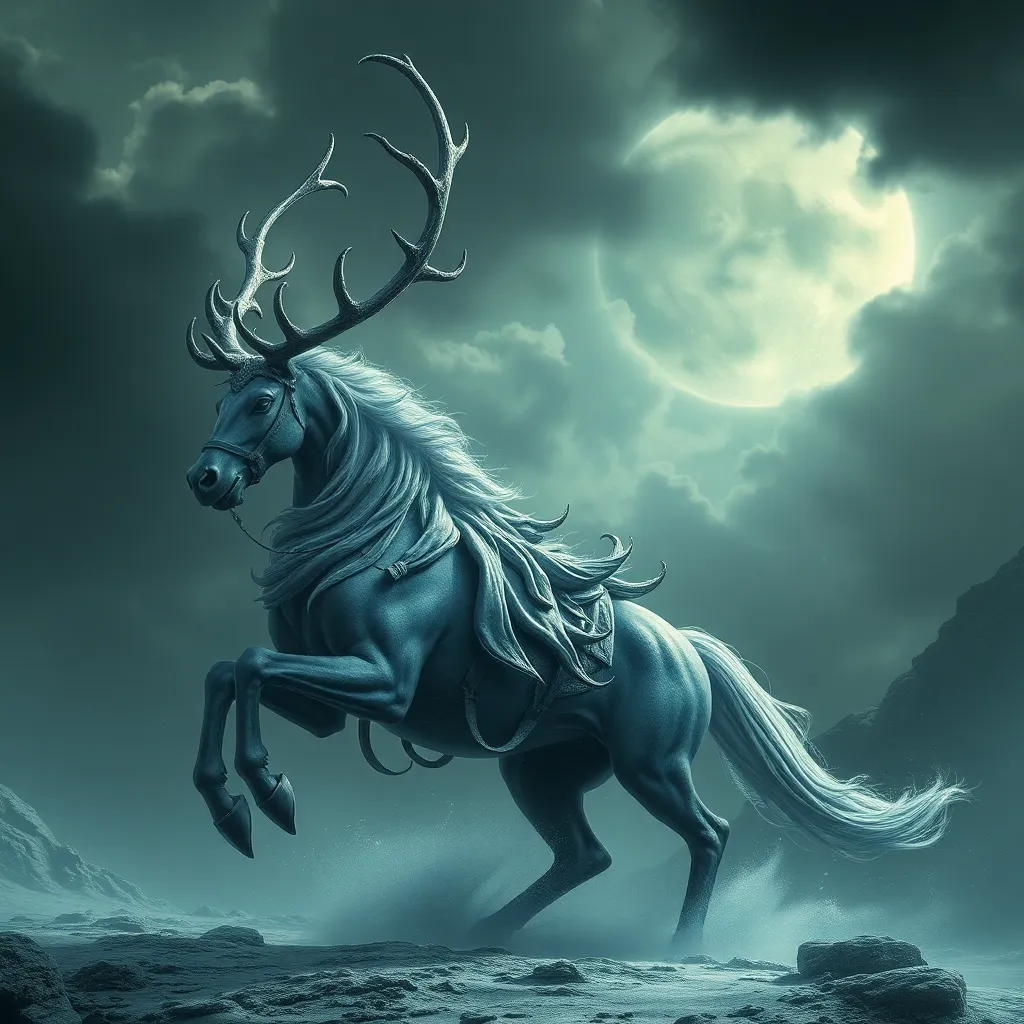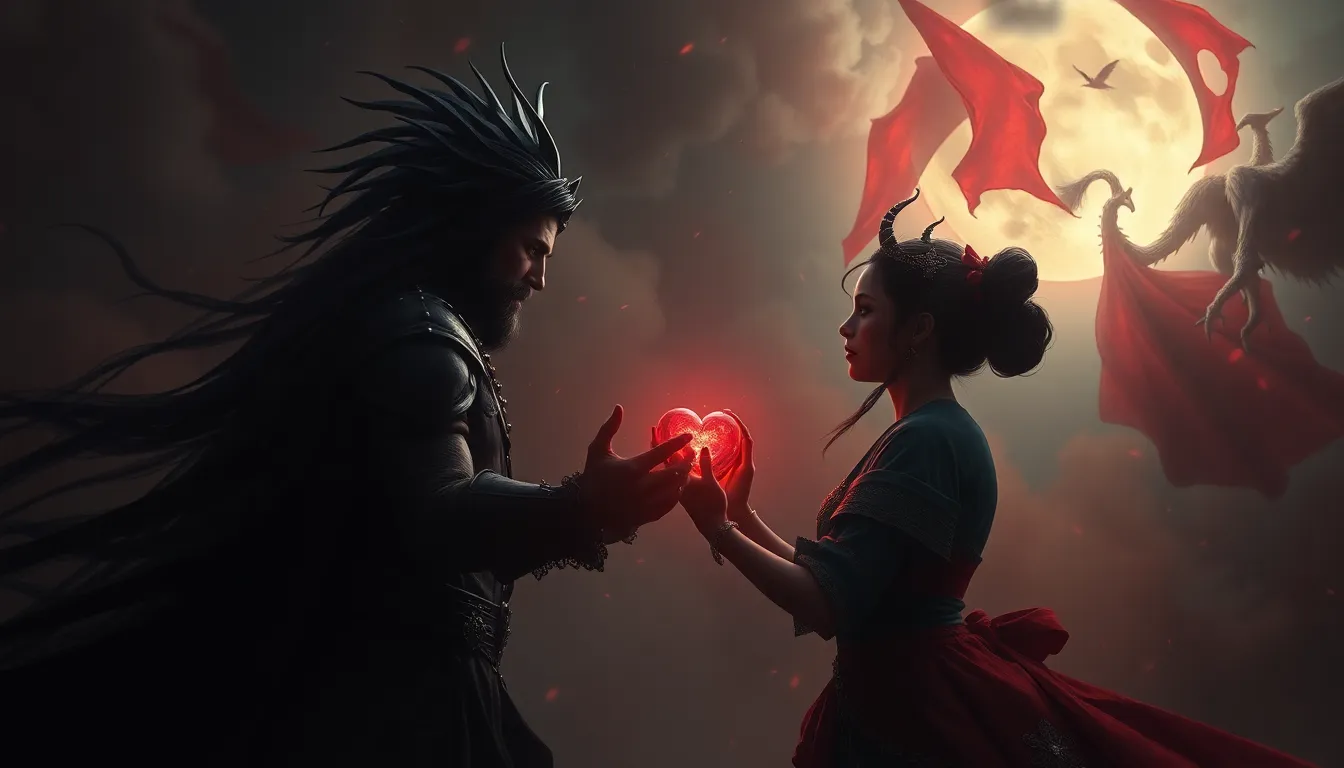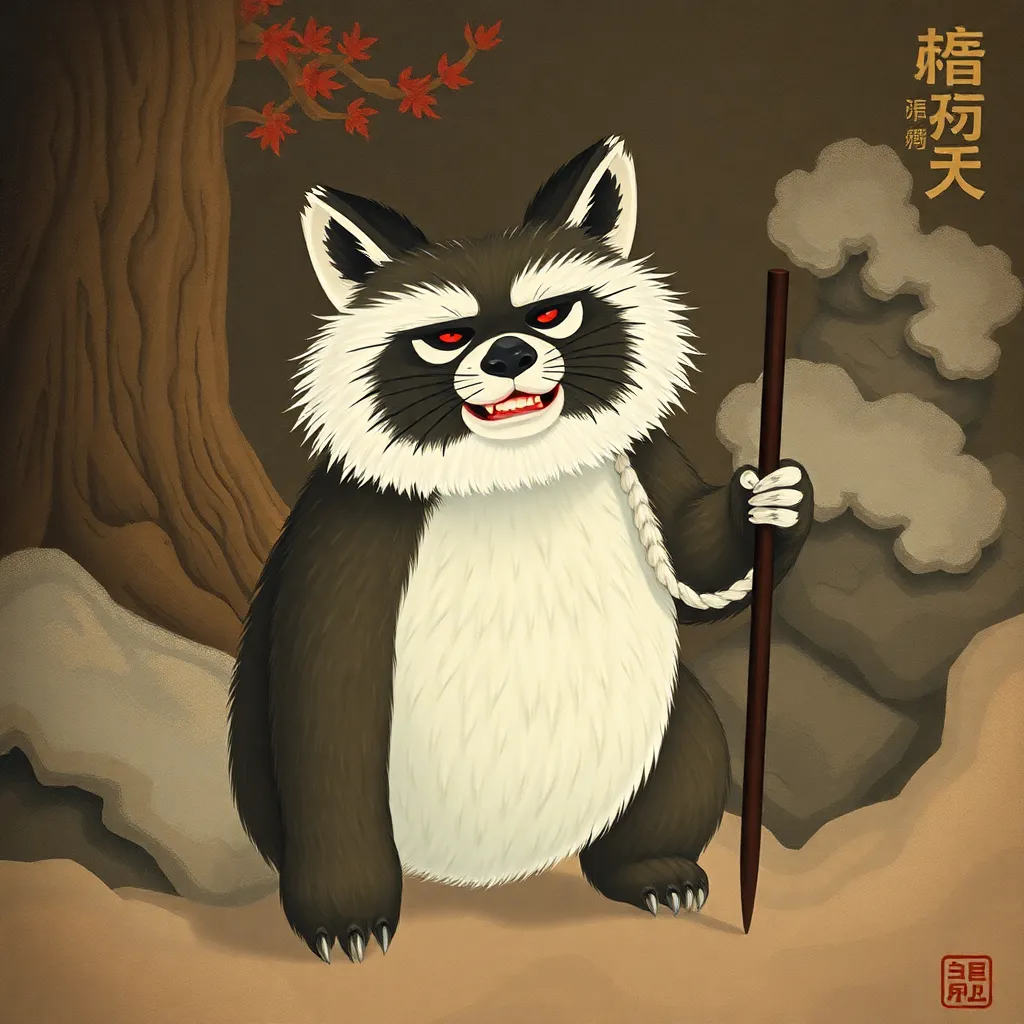Sleipnir Tales: The Greek Myths of Heroes and Monsters
I. Introduction
Greek mythology is a rich tapestry of stories that have shaped literature, art, and culture for centuries. These ancient tales are more than just fanciful narratives; they explore the human condition, the nature of good and evil, and the complexities of fate. Among the many fascinating figures in mythology, Sleipnir stands out as a symbol of strength and speed, a creature that embodies the extraordinary qualities of its origin. This article aims to delve into the intertwining stories of Greek heroes and monsters, illustrating how these narratives reflect the values and beliefs of ancient societies.
II. The Origins of Sleipnir
Sleipnir, the eight-legged horse of the Norse god Odin, has a remarkable lineage that begins with the trickster god Loki. According to myth, Loki transformed himself into a mare and mated with the stallion Svaðilfari, who was helping the giants build a fortress. From this union, Sleipnir was born, possessing extraordinary speed and strength.
What sets Sleipnir apart is not just his eight legs but also his divine nature, allowing him to traverse both the earth and the realms of the gods. While Sleipnir holds significant importance in Norse mythology, he serves as a contrasting symbol to the heroes and monsters of Greek mythology, where the focus often lies on individual valor and the confrontation of monstrous beings.
III. Legendary Heroes of Greek Mythology
Greek mythology is replete with legendary heroes whose exploits have captivated audiences for generations. Three of the most prominent heroes are:
- Heracles: Known for his incredible strength and his twelve labors, Heracles faced daunting challenges that tested his resolve.
- Theseus: A hero who famously defeated the Minotaur and navigated the labyrinth, Theseus symbolizes courage and cleverness.
- Perseus: Renowned for slaying Medusa and saving Andromeda, Perseus embodies the archetypal hero’s journey.
Each of these heroes displays qualities such as bravery, intelligence, and a willingness to sacrifice for the greater good. Their quests often involve confronting monstrous beings, which serve not only as physical challenges but also as moral and ethical trials.
IV. The Monsters of Greek Mythology
Monsters in Greek mythology are not merely obstacles for heroes; they are rich symbols that convey deeper meanings. Notable monsters include:
- Medusa: With her hair of snakes, Medusa represents the fear of female power and the consequences of hubris.
- The Minotaur: A creature that is half-man, half-bull, the Minotaur symbolizes the chaos of human nature and the darkness within.
- Cerberus: The three-headed dog guarding the Underworld embodies the inevitability of death and the afterlife.
The motivations for heroes to confront these creatures are often rooted in personal stakes—rescue, revenge, or the quest for glory. Each encounter serves as a reflection of the inner struggles faced by the heroes themselves.
V. The Confrontations: Hero vs. Monster
Throughout Greek mythology, the battles between heroes and monsters are legendary. For instance:
- Heracles vs. the Nemean Lion: Using his immense strength, Heracles strangles the lion and wears its skin as armor, symbolizing the triumph of courage over brute force.
- Theseus vs. the Minotaur: Armed with a ball of thread provided by Ariadne, Theseus navigates the labyrinth to confront the Minotaur, showcasing intelligence and strategy.
- Perseus vs. Medusa: Using a reflective shield to avoid Medusa’s petrifying gaze, Perseus exemplifies the clever use of tools and tactics in battle.
These confrontations often yield significant consequences, not only for the heroes but for Greek society as a whole, reinforcing cultural values and norms.
VI. The Role of Fate and the Gods
In Greek mythology, the influence of divine beings is pervasive in shaping the outcomes of hero-monster encounters. The gods often intervene, either aiding or hindering the heroes. The concept of fate is also central to these narratives, with the Moirai (Fates) weaving the destinies of both mortals and immortals.
For instance, in the story of Heracles, his fate is intertwined with the whims of Hera, who seeks to thwart him at every turn. Similarly, the gods often reward or punish heroes based on their actions and adherence to divine will, illustrating the complex relationship between free will and fate.
VII. Themes and Morals in Sleipnir Tales
The tales of heroes and monsters in Greek mythology are rich with common themes, such as:
- Bravery: The courage to face insurmountable odds is a recurring motif.
- Sacrifice: Many heroes make personal sacrifices for the greater good, highlighting the importance of altruism.
- The Nature of Evil: Monsters often represent the darker aspects of humanity, prompting reflection on moral choices.
These narratives offer moral lessons that remain relevant today, emphasizing the value of courage, wisdom, and moral integrity in the face of adversity.
VIII. Conclusion
In summary, the significance of Sleipnir and the dynamic between heroes and monsters in Greek mythology illustrates a profound understanding of the human experience. These stories continue to resonate in modern storytelling, influencing literature, film, and art. As we reflect on these enduring tales, we are invited to explore the complexities of bravery, sacrifice, and the eternal struggle between good and evil.



